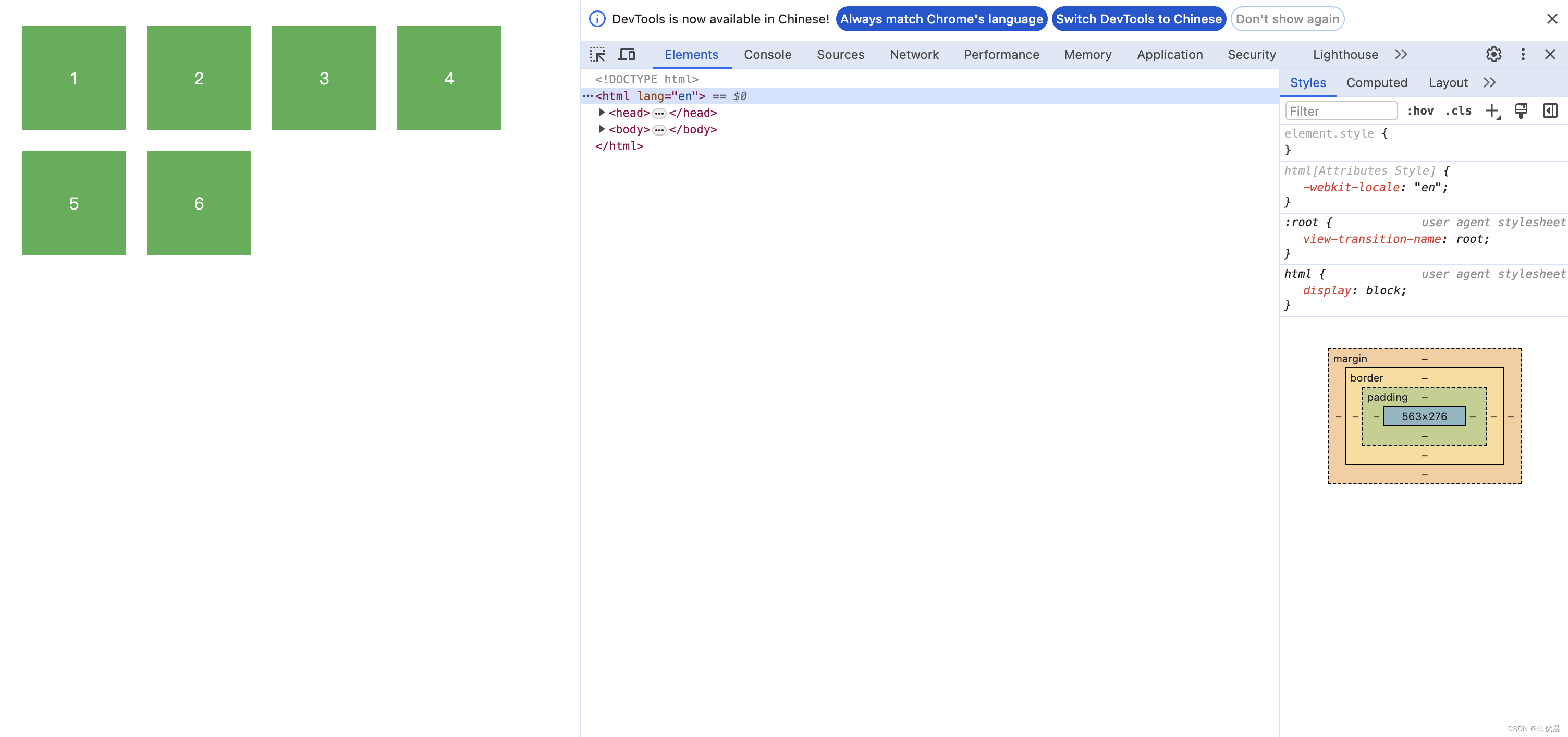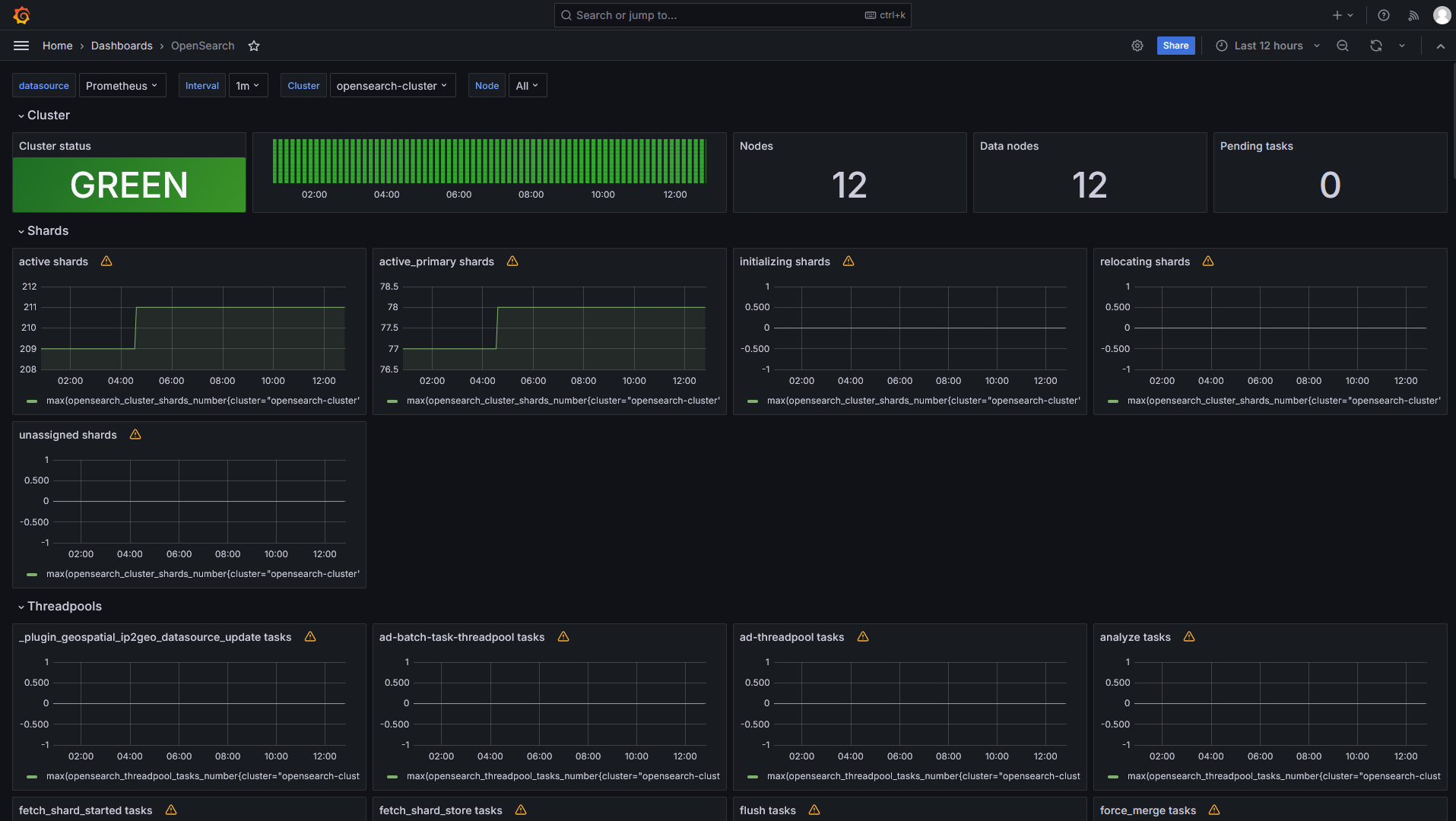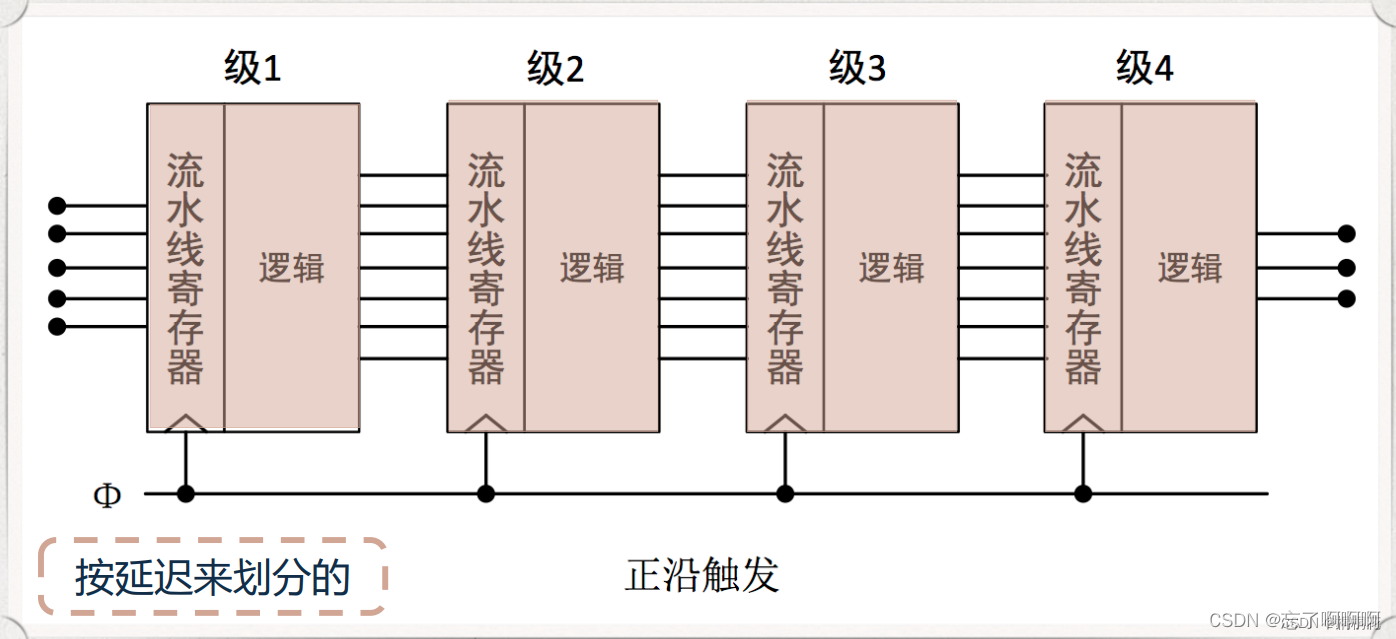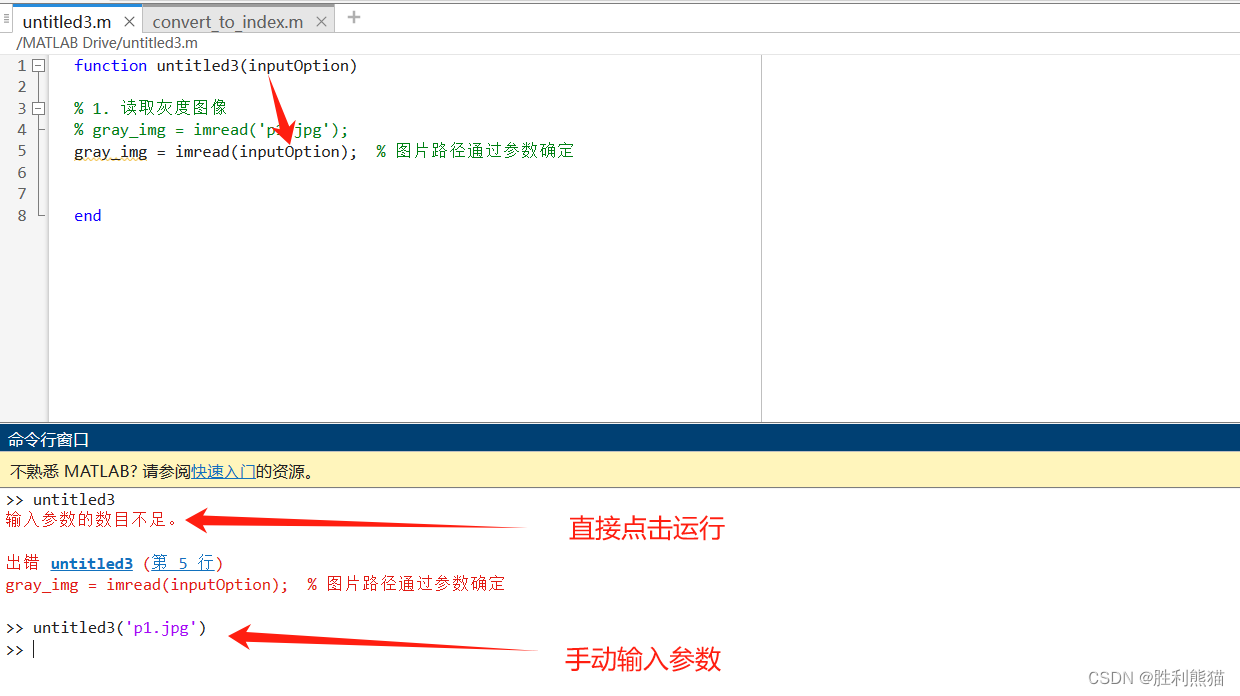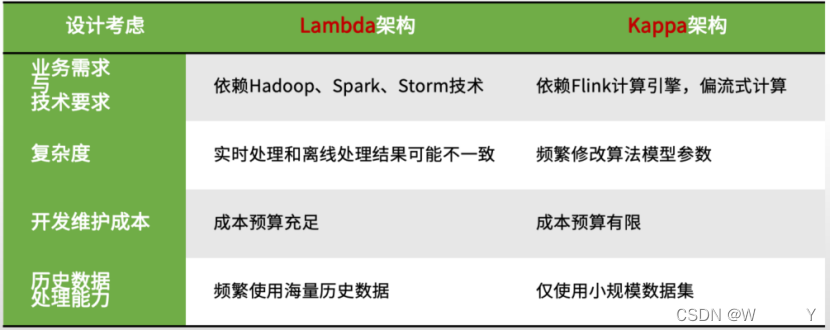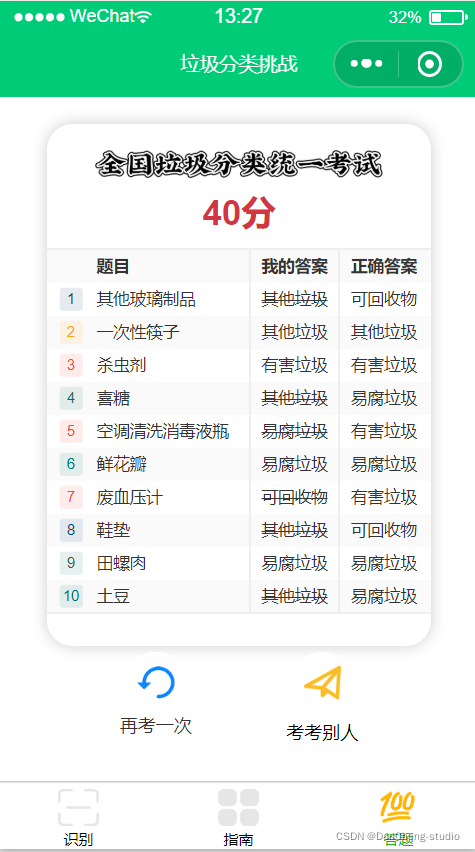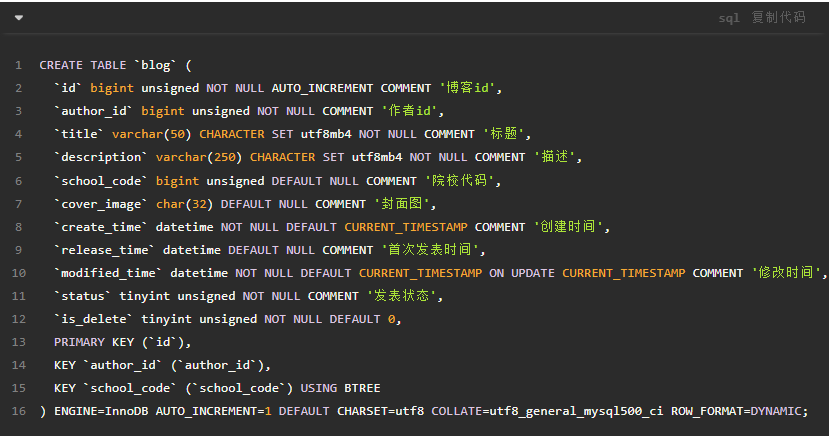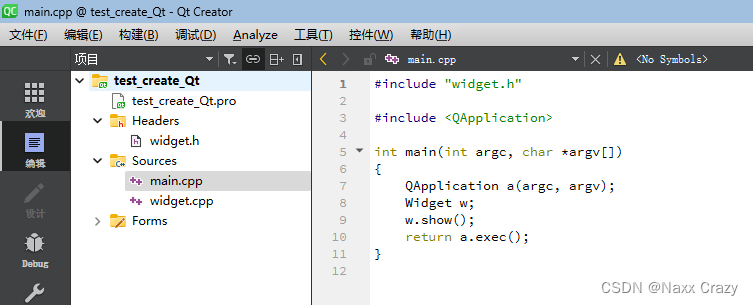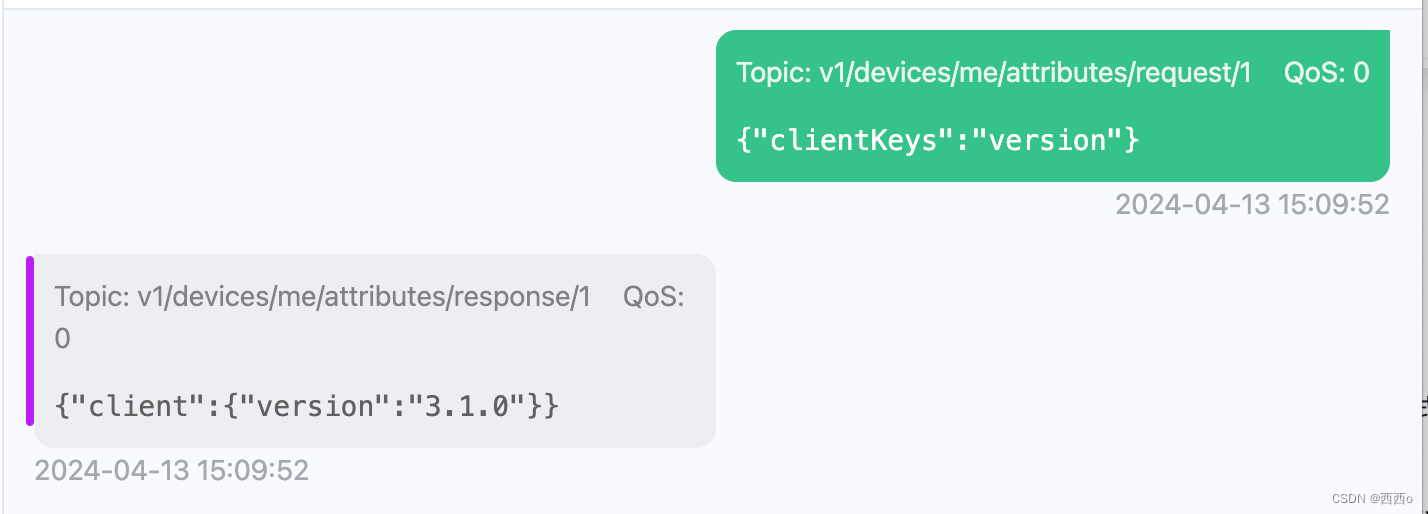1. LC136.只出现一次的数字
题目链接
解法一:
先给数字排序,如果num[i]与nums[i-1]或nums[i+1]都不一致,则返回nums[i]。
class Solution {
public int singleNumber(int[] nums) {
if (nums.length == 1){
return nums[0];
}
Arrays.sort(nums);
for (int i=0; i<nums.length; i++){
if (i == 0){
if (nums[i+1] != nums[i]){
return nums[i];
}
continue;
}
if (i == nums.length-1){
if (nums[i-1] != nums[i]){
return nums[i];
}
continue;
}
if (nums[i] != nums[i-1] && nums[i] != nums[i+1]){
return nums[i];
}
}
return -1;
}
}
解法二:
异或
补充知识点: Java位运算
太强了!!!

int ans = nums[0];
if (nums.length > 1) {
for (int i = 1; i < nums.length; i++) {
ans = ans ^ nums[i];
}
}
return ans;
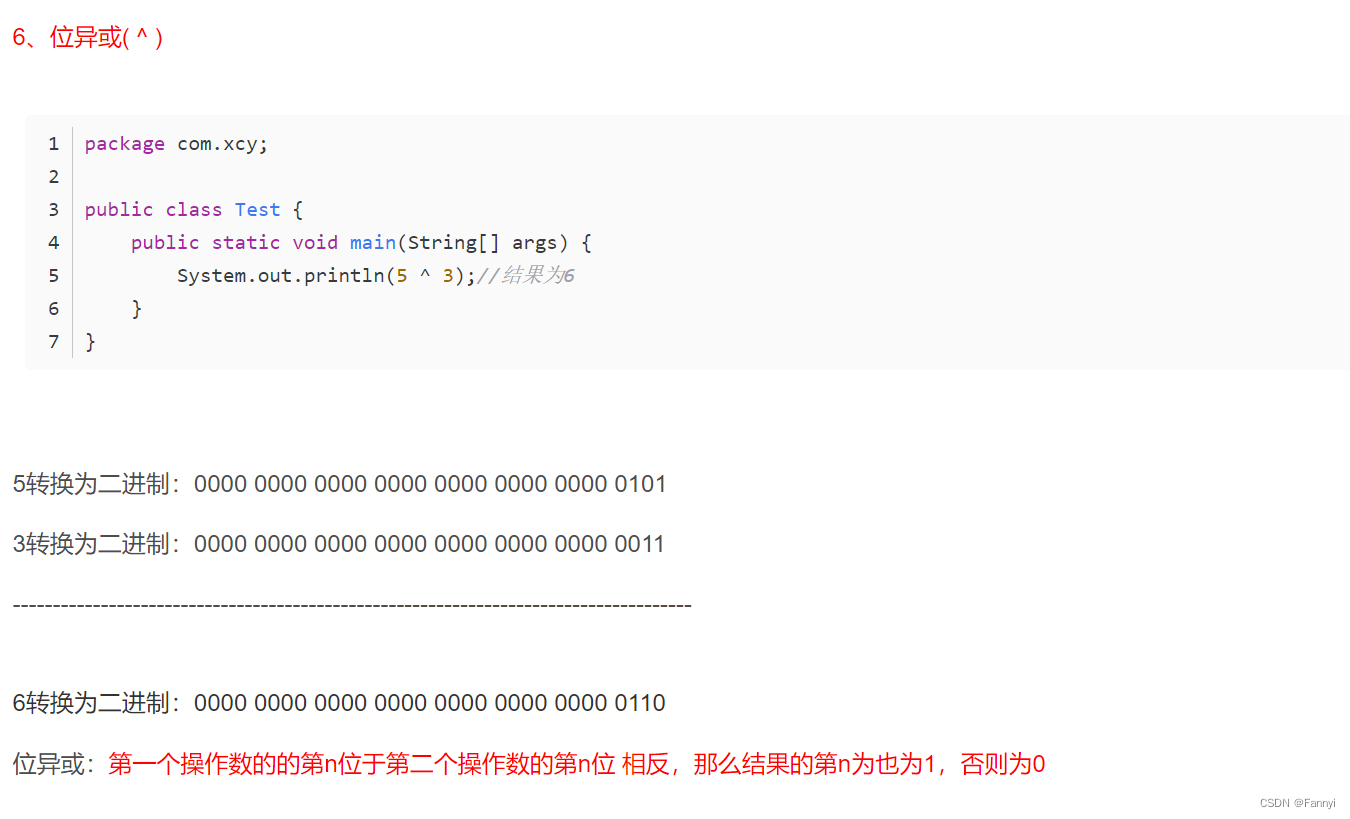
所以两个相同的数异或,必然是0;0与任何数异或,必然是任何数。
2. LC169. 多数元素
题目链接
解法一:遍历数组,维护哈希map,key是数值,value是该数值出现的次数,如果value一旦大于n/2,则返回结果。
class Solution {
public int majorityElement(int[] nums) {
if (nums.length == 1){
return nums[0];
}
Map<Integer, Integer> map = new HashMap<>();
for (int i: nums){
if (map.containsKey(i)){
int count = map.get(i);
count++;
if (count > nums.length/2){
return i;
}
map.put(i, count);
}else{
map.put(i, 1);
}
}
return -1;
}
}
解法二(技巧):
因为一定存在多数元素,且多数元素的定义是在数组中出现次数大于 ⌊ n/2 ⌋ 的元素。
所以将数组排序后,数组中下标为 ⌊n/2⌋ 的元素(下标从 0 开始)一定是众数。
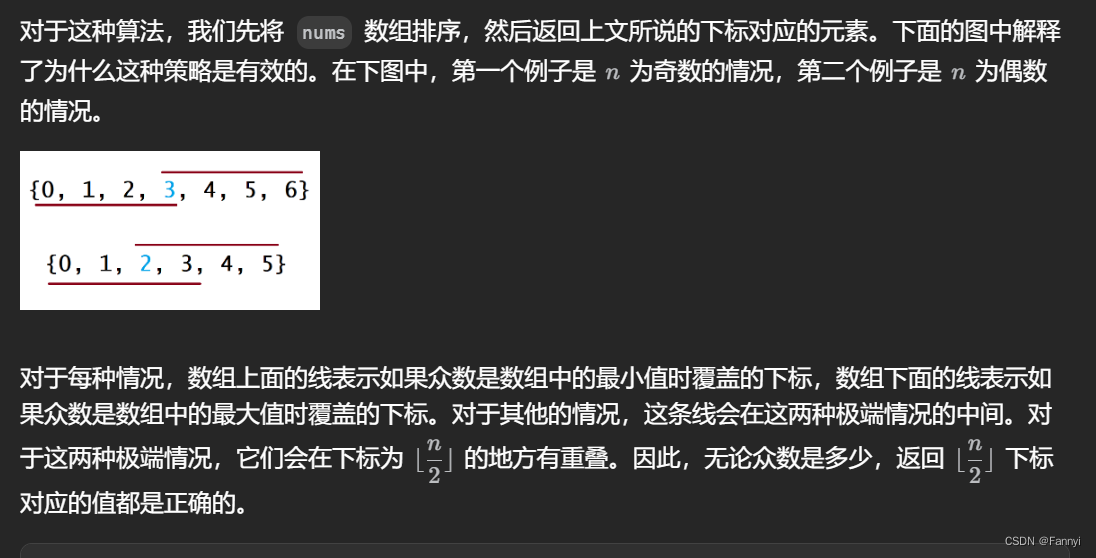
class Solution {
public int majorityElement(int[] nums) {
Arrays.sort(nums);
return nums[nums.length / 2];
}
}

